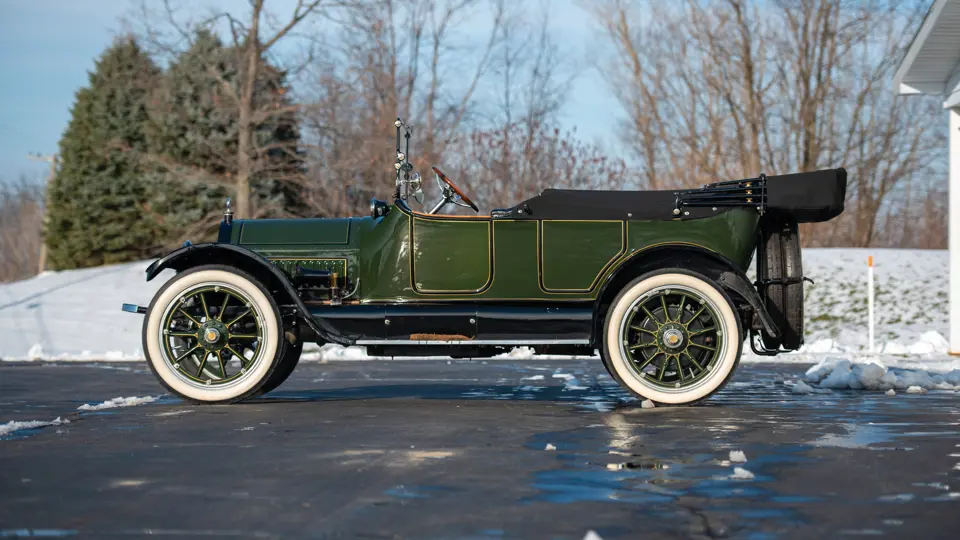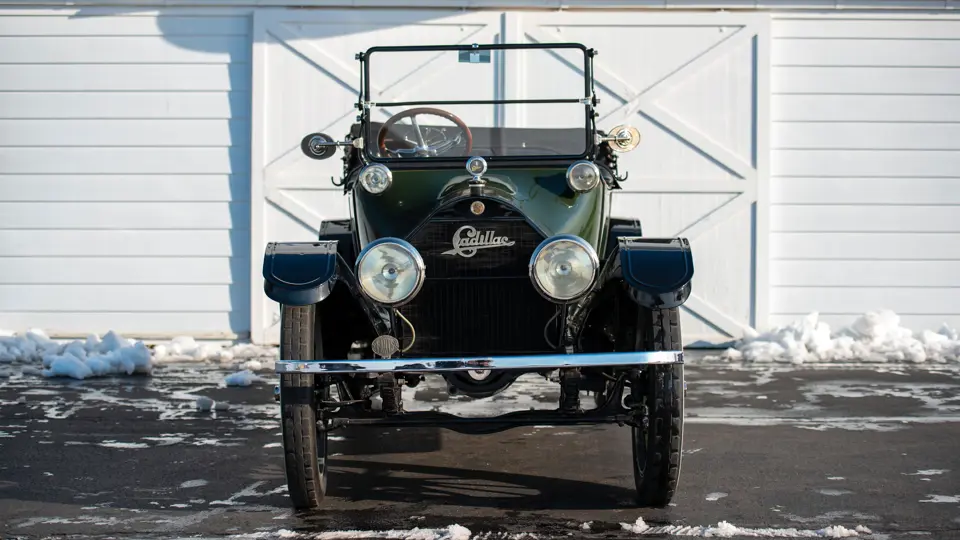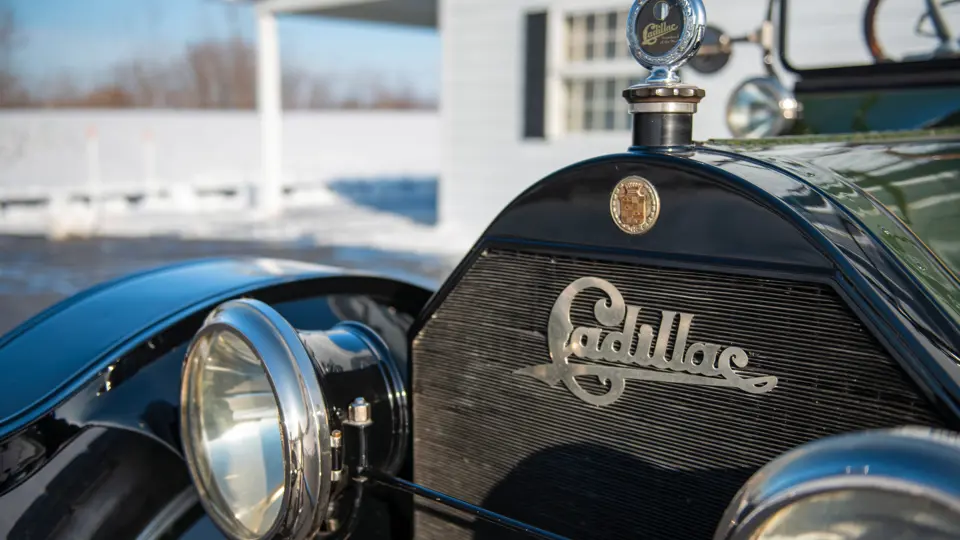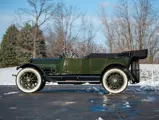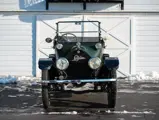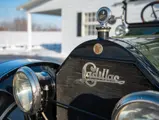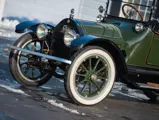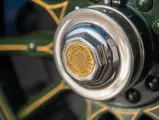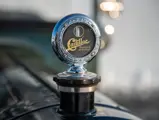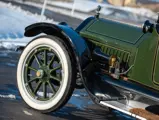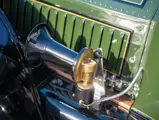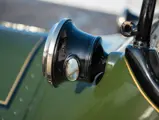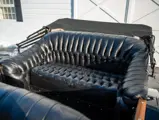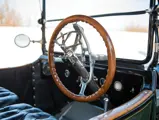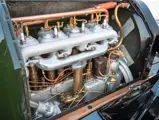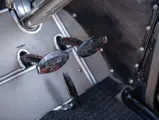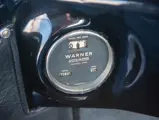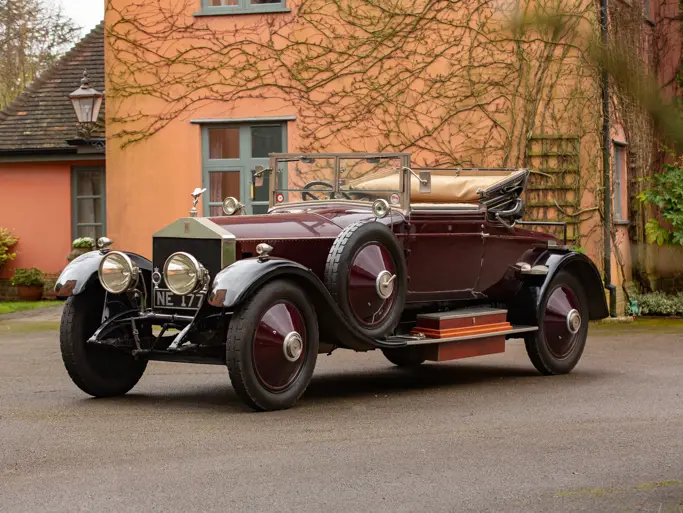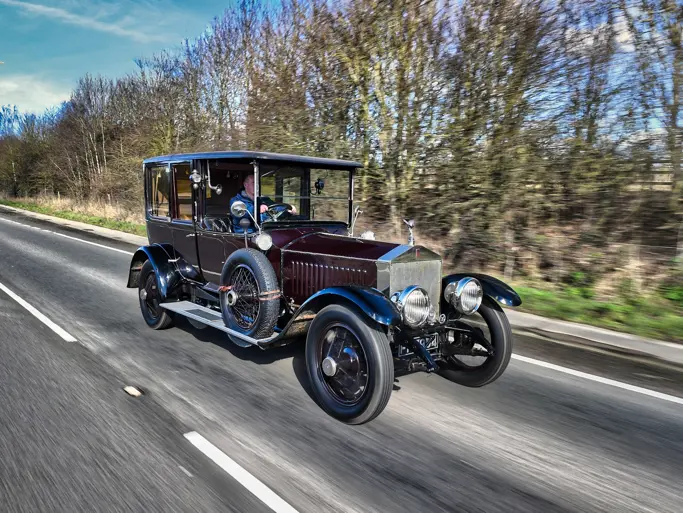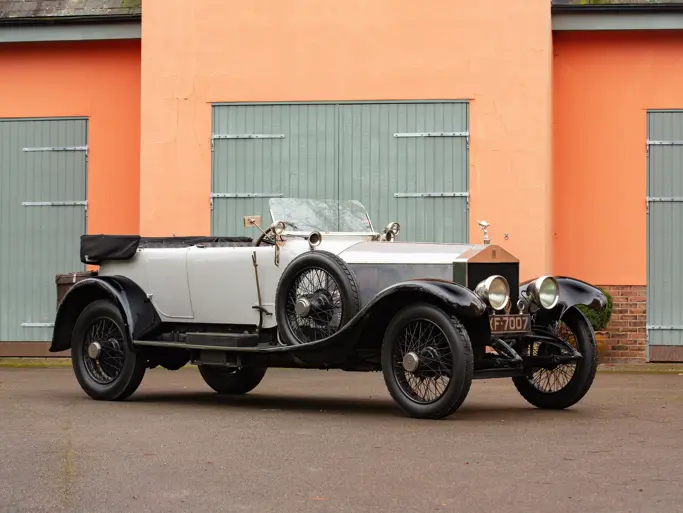The 1914 Cadillacs were little changed from those offered in 1913; however, two significant technical changes took place. The introduction of a two-speed, direct-drive rear axle was offered. By simply flicking an electric switch on the dash, the driver could switch from low to high gear. According to Cadillac ads, the result was a 42 percent boost in speed. Unfortunately, Cadillac was sued by the Austin Automobile Company of Grand Rapids, Michigan, for using the feature. It was quietly discontinued the following year. Additionally, most Cadillacs prior to 1914 were produced with right-hand drive. All Cadillacs adopted left-hand drive for 1914. Lastly, the precursor to today’s tilt steering wheel was introduced—a hinged steering wheel swung up and out of the way when the driver entered the car.
While little is known of the Cadillac’s earliest history, it was purchased by Donald Hosking of Lebanon, Oregon, in the late 1960s. According to Hosking’s daughters, he drove the car sparingly, mostly in parades. They also noted that the car had been used in movies as background in street scenes prior to his purchase. Several photos taken during his ownership are included, along with an owner’s card in his name dated 22 May 1975.
The Cadillac was purchased from the Hoskings’ estate by Michael Sullivan of Newbury Park, California. He later sold the car to Bob Rohrer in September 2005. Rohrer claims to have spent nearly $100,000 to restore the car, with Steve Bono doing most of the work. He toured the car several times a year beginning in 2006 and described it as “a very comfortable tour car and at 102 years old, quite reliable.”
The car was acquired by the consignor in June 2016. While in the possession of the consignor, the Cadillac has been stored in a climate-controlled facility and has been driven frequently and toured up to and including this past year.
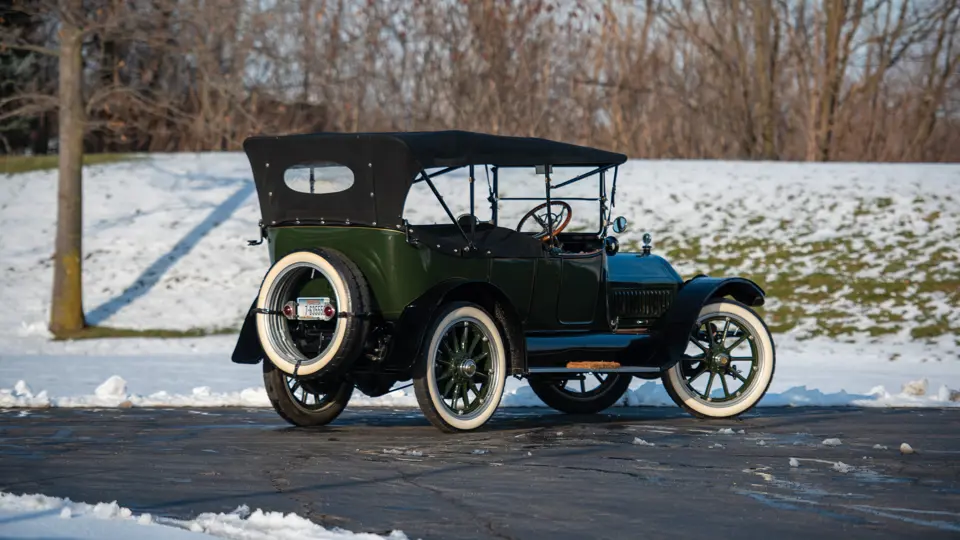

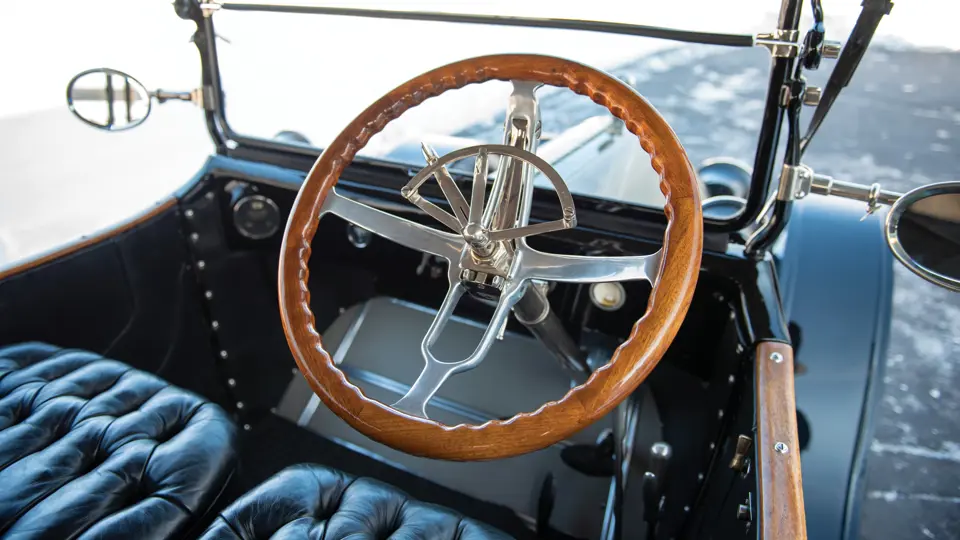

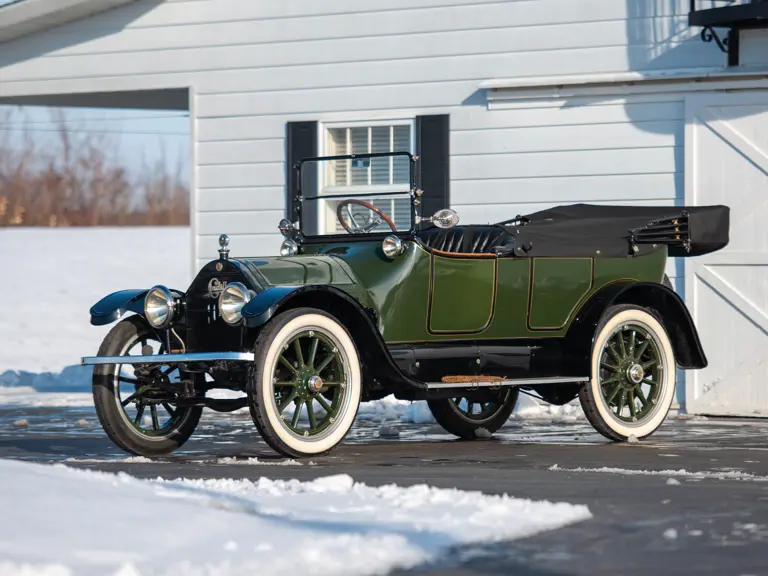
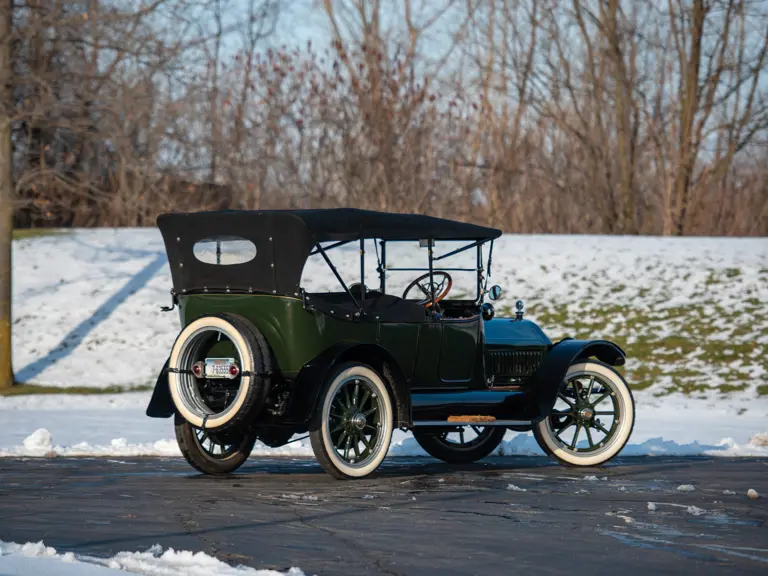
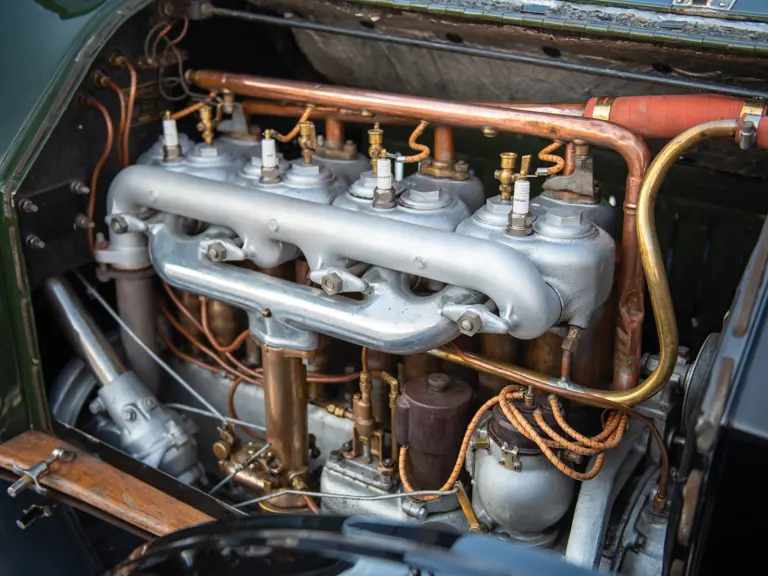

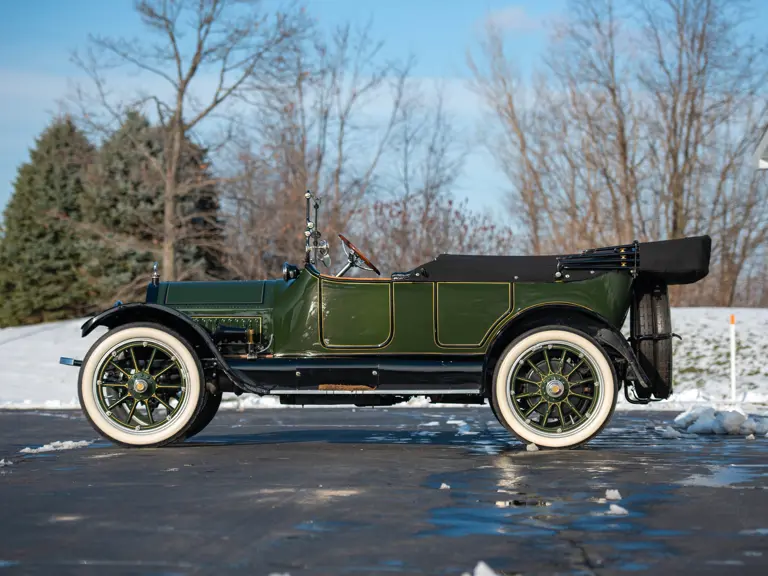
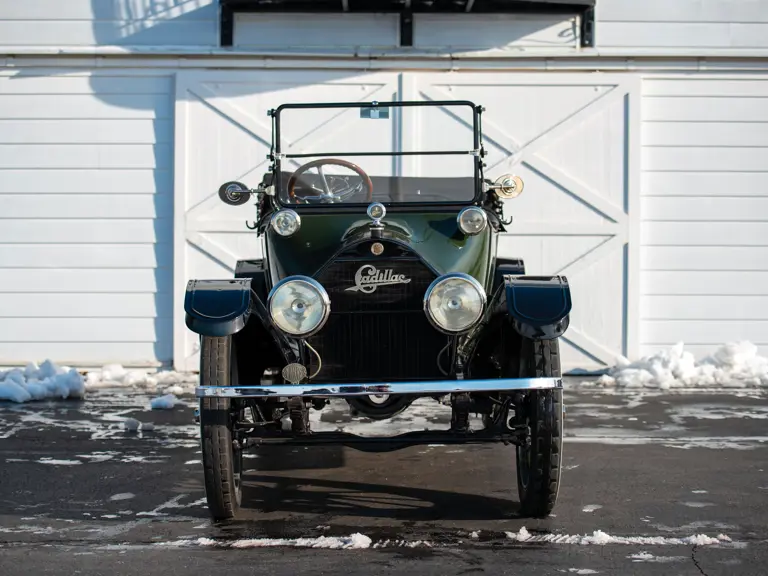
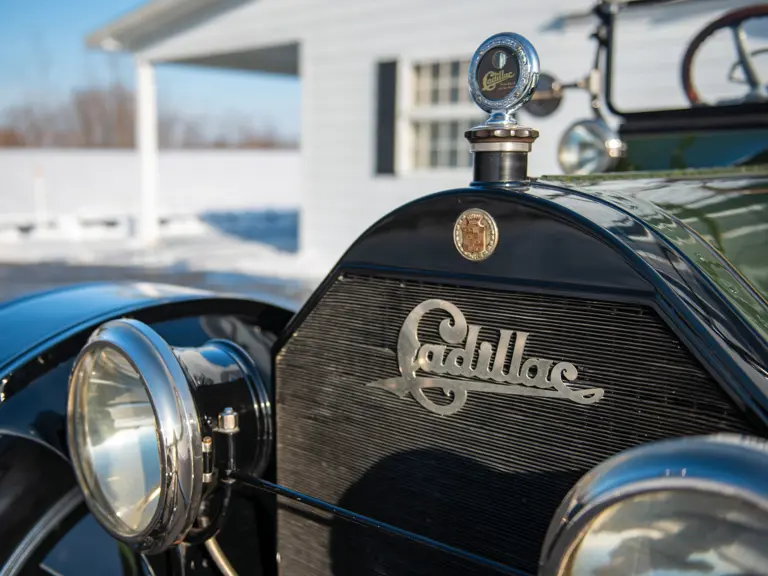

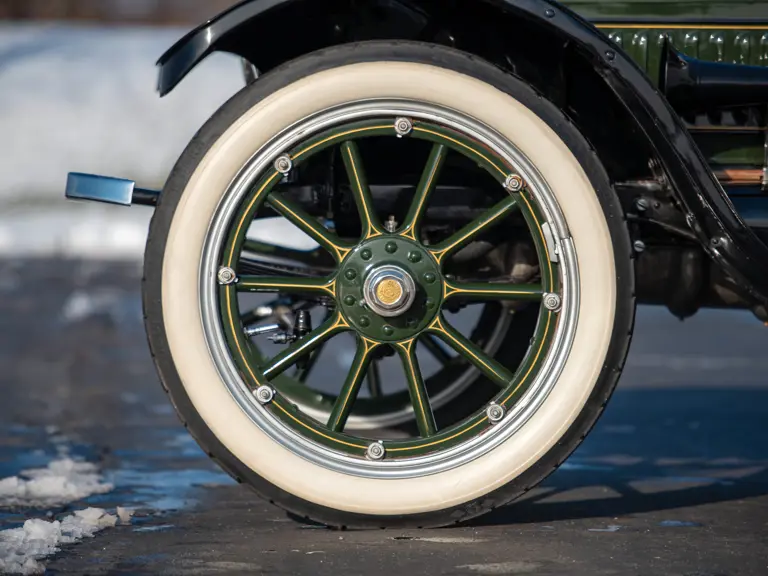
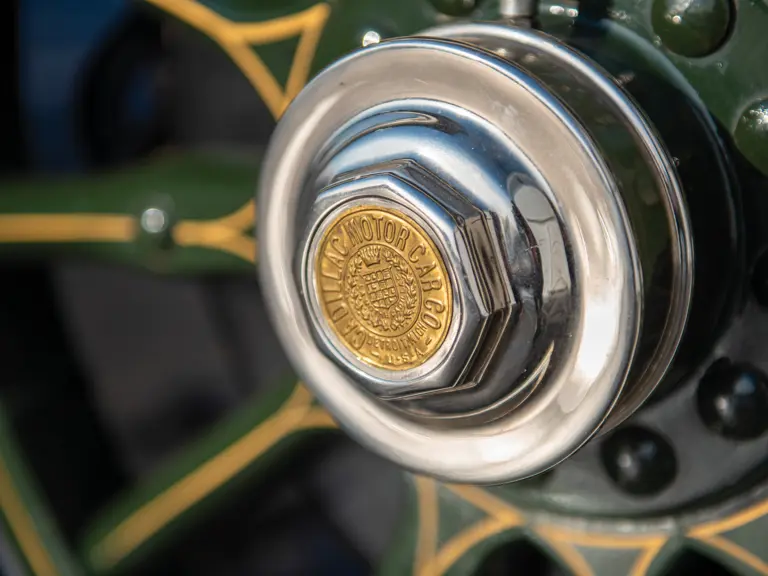

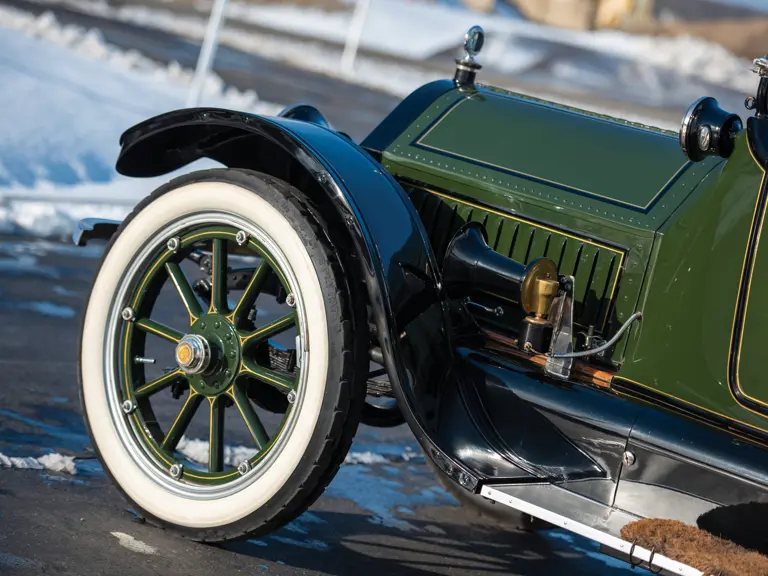

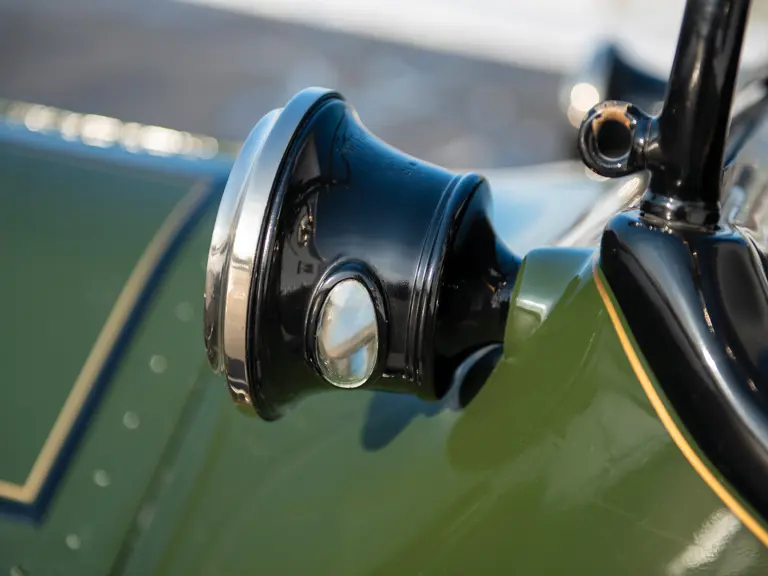
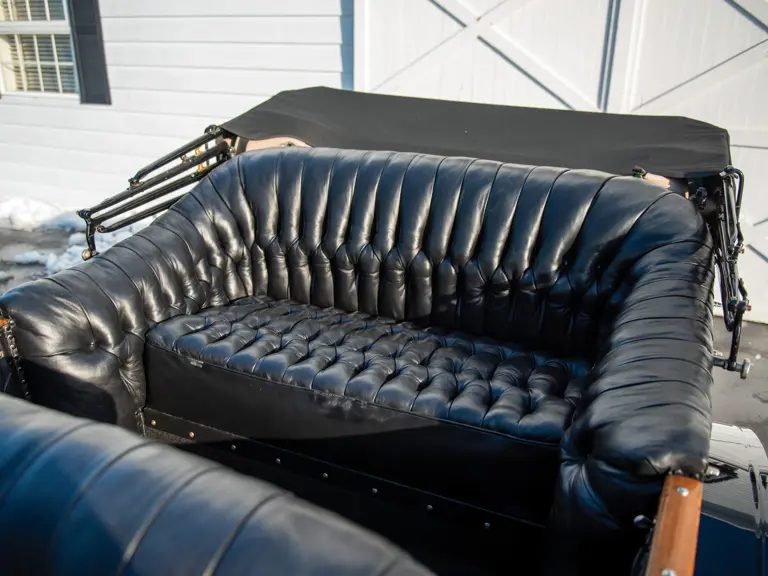

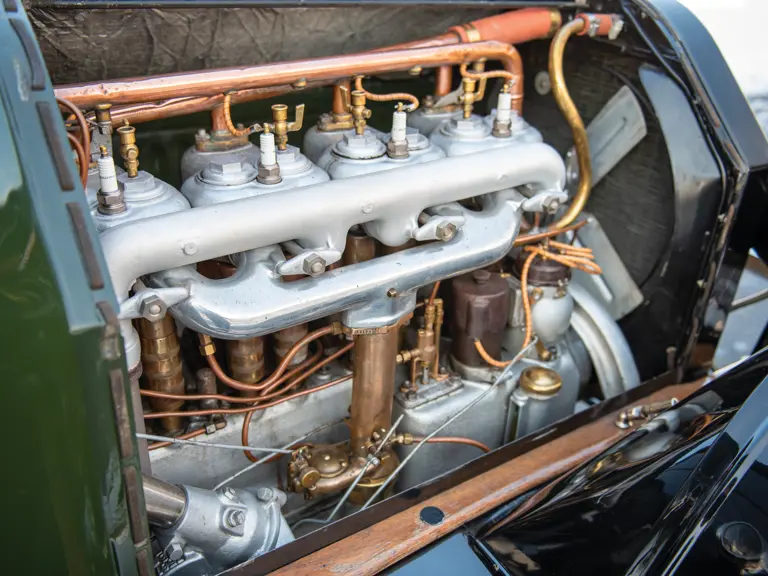
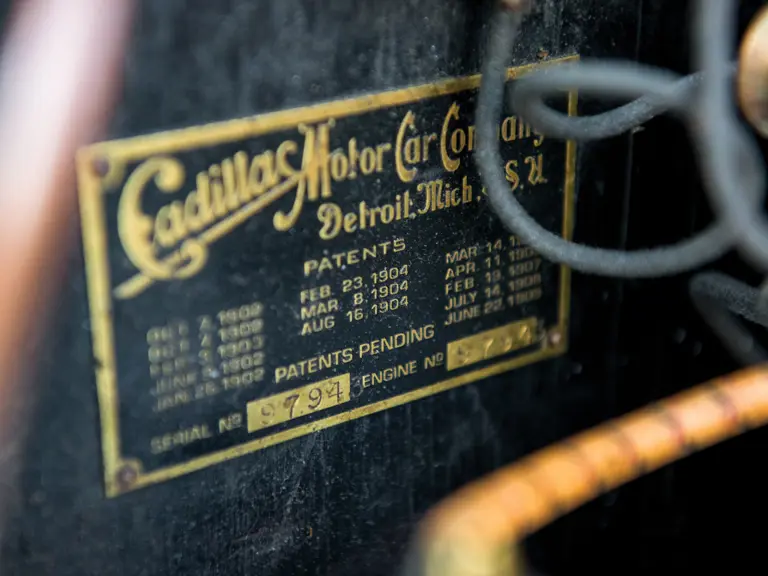
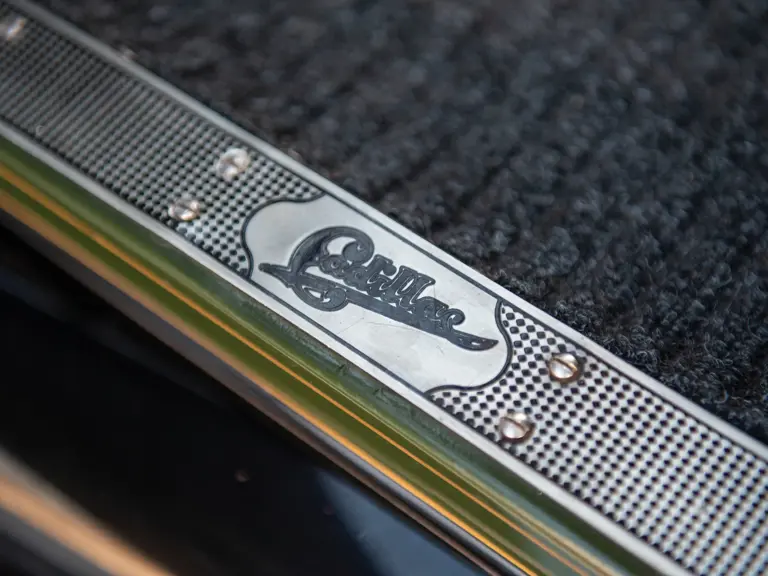
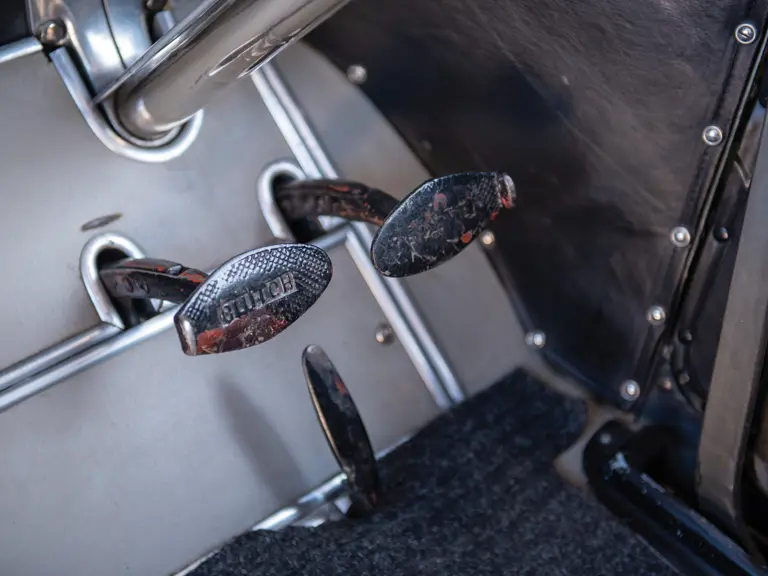
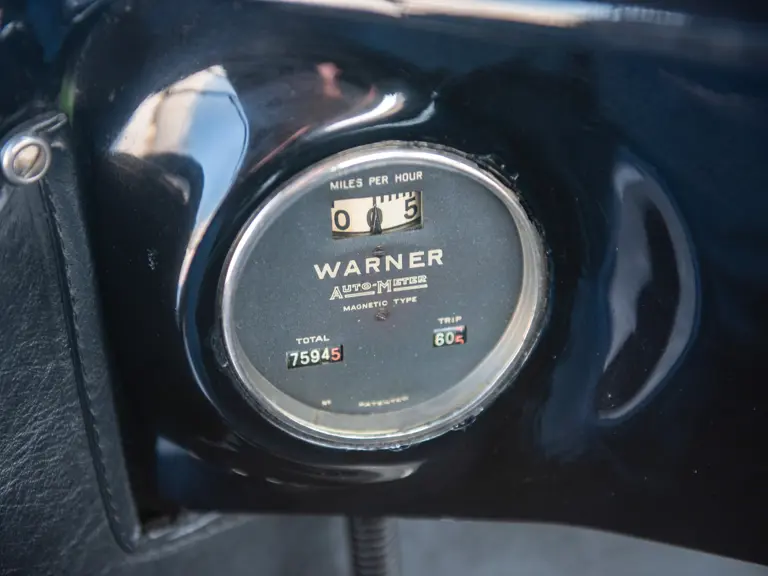

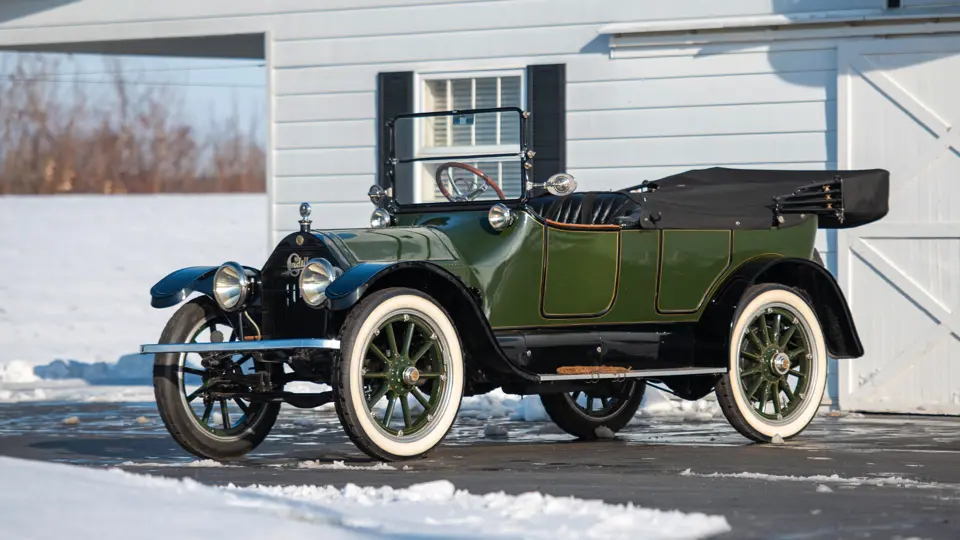
 | Amelia Island, Florida
| Amelia Island, Florida
